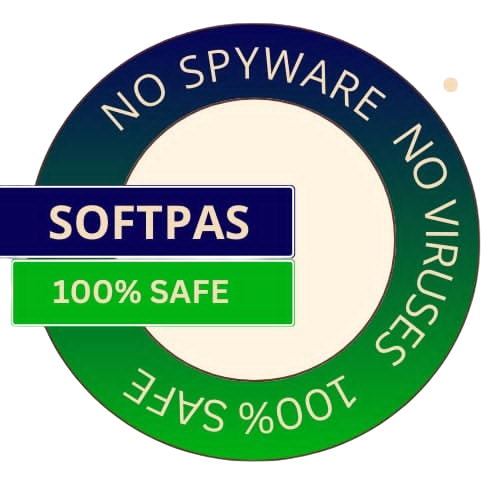
Get the best deals on your favorite games
x11vnc lets you see and control real X displays, like your physical monitor, keyboard, and mouse, using any VNC viewer. It's kind of like how WinVNC works for Windows but made specifically for Unix/X11.
I started working on x11vnc because I found it really tough to build the older x0rfbserver on Solaris. Plus, it didn’t work very well. The build issues were mostly due to complicated C++ toolkits. So, I decided to write x11vnc in plain C using standard libraries to make it easier. I even added some cool features to make the response better and improve interactivity.
If you're using Unix, x11vnc comes with a virtual X11 server called Xvnc. You usually start it up with the vncserver command. This server isn’t tied to a specific display; instead, it creates a “fake” one that apps like xterm or mozilla can connect to. Then, a remote user can hook into Xvnc through the VNC client vncviewer from anywhere in the network and interact with the whole virtual X11 desktop.
The VNC protocol is often better for remote connections that have low bandwidth or high latency compared to the X11 protocol (except when dealing with cached pixmap data). One great thing about VNC is that since it doesn’t keep track of state, if your viewing device crashes or gets rebooted, your applications and desktop will still be running smoothly—unlike what happens with X11.
If you're interested in trying x11vnc, check out this link!
Go to the Softpas website, press the 'Downloads' button, and pick the app you want to download and install—easy and fast!

SoftPas is your platform for the latest software and technology news, reviews, and guides. Stay up to date with cutting-edge trends in tech and software development.
Subscribe to newsletter
© Copyright 2024, SoftPas, All Rights Reserved.